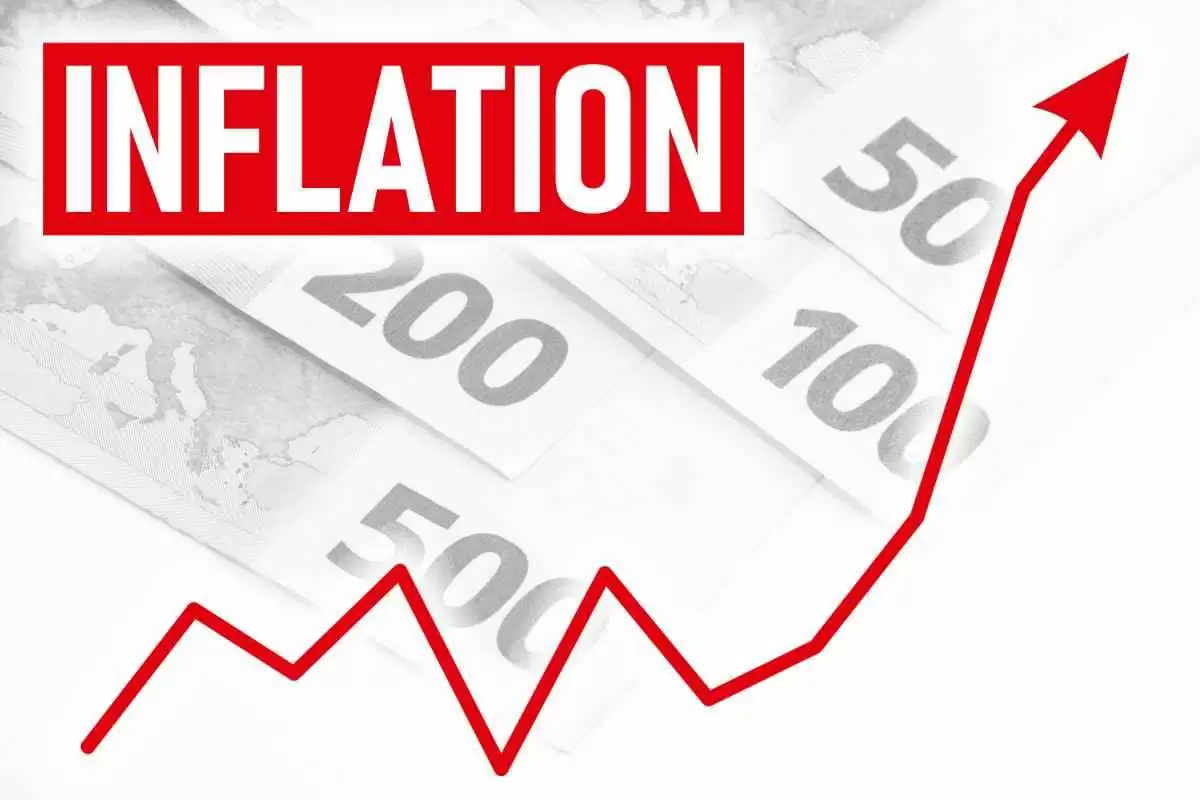
Celiac.com 05/19/2023 - Living with celiac disease can be a challenge, and one of the biggest hurdles is the cost of gluten-free foods. Gluten-free products are notoriously expensive to begin with, and with grocery prices soaring in recent times, it's becoming increasingly difficult for those with celiac disease to keep up with the costs.
Celiac disease is an autoimmune disorder that affects approximately one percent of the Canadian population. It is triggered by gluten, a protein found in wheat, rye, and barley grains, which can cause inflammation of the gut lining and various symptoms such as diarrhea, constipation, vomiting, bloating, tiredness, and headaches.
Celiac.com Sponsor (A12):
For those with celiac disease, eating even a small amount of gluten can lead to long-term complications such as nutrient deficiencies, a higher risk of viral infections and pneumonia, increased risk of broken bones, and a higher risk of bowel cancer. That's why it's essential for people with celiac disease to stick to a gluten-free diet, which is medically indicated and not a personal choice.
However, gluten-free products are often priced at double or triple the price of their regular gluten-containing equivalents. The recent pandemic has caused the prices of gluten-free food to rise even more. According to Celiac Canada, gluten-free products can cost between 150 and 500 per cent more than their regular gluten-containing equivalents.
For many Canadians who have celiac disease, this has been a significant financial burden. A survey conducted by Celiac Canada showed that 93 per cent of respondents felt the cost of gluten-free food was more expensive than before the pandemic. Over a third of those respondents had to adjust their finances to buy the groceries they need, and one per cent had to turn to food banks.
In a recent survey conducted by Celiac Canada, almost 93 percent of 7,400 Canadians, who must eat gluten-free because of their disorder, said they feel the cost of gluten-free food was more expensive than before the pandemic. Of those respondents, more than a third said they have had to adjust their finances to be able to buy the groceries they need, and one percent have had to turn to food banks.
The Canadian government has announced a one-time grocery rebate for "low- and modest-income Canadians" to provide relief for Canadians as prices soar. However, Celiac Canada is calling for an increased rebate specifically for people with celiac disease in that income bracket. The association is asking for a celiac rebate of up to $230 per adult and $122.50 per child, with an extra $122.50 for people who are single.
It's also worth noting that people with celiac disease can claim "the incremental costs associated with buying gluten-free food products as a medical expense" with the Canada Revenue Agency. However, doing so is an onerous task with little payout at the end, and the system is "just unworkable for the average Canadian," according to Melissa Secord, executive director of Celiac Canada.
Living with celiac disease is already expensive, and the skyrocketing cost of gluten-free products only adds to the burden. In the short-term, there may be no relief in sight. However, it's important to stay informed about available resources and seek support from organizations like Celiac Canada. With ongoing advocacy and support, we can work towards making gluten-free living more accessible and affordable for all.
Learn more at CTVNews.ca


.webp.b0a57f213a71e3f6d9d6af418dde8724.webp)




Recommended Comments
There are no comments to display.
Create an account or sign in to comment
You need to be a member in order to leave a comment
Create an account
Sign up for a new account in our community. It's easy!
Register a new accountSign in
Already have an account? Sign in here.
Sign In Now